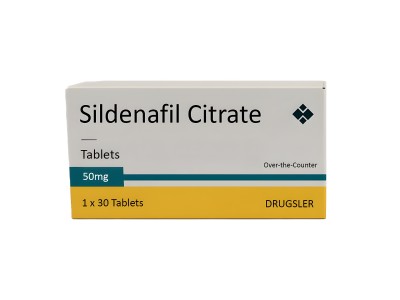Sildenafil 100mg, commonly known by its brand name Viagra, is primarily used to treat erectile dysfunction (ED) and pulmonary arterial hypertension (PAH). It works by inhibiting an enzyme called phosphodiesterase type 5 (PDE5), which leads to the relaxation of blood vessels and increased blood flow. This mechanism not only helps in treating ED but also allows it to reduce pulmonary arterial pressure in PAH.
While sildenafil has vasodilatory properties that can lower blood pressure, its use as a treatment specifically for hypertension (high blood pressure) is not standard practice. The medication's effect on blood pressure is generally modest and may not be sufficient or suitable as a primary treatment for systemic hypertension. However, it can cause a noticeable drop in blood pressure, particularly within a few hours of taking it, which is why individuals on certain blood pressure medications or those with specific cardiovascular conditions need to be cautious.
In patients with PAH, sildenafil is approved and used under medical supervision to help lower the elevated pressures in the lungs. This targeted use differs from general systemic hypertension treatment. When considering sildenafil for any off-label use, such as lowering systemic blood pressure, it is essential to consult with a healthcare provider. They can assess individual health needs, consider potential interactions with other medications, and monitor for side effects.
In summary, while sildenafil can cause a decrease in blood pressure due to its vasodilatory effects, it is not commonly used or recommended as a primary treatment for systemic hypertension. Its use should be guided by a healthcare provider, particularly because of the need to monitor for interactions and side effects.

